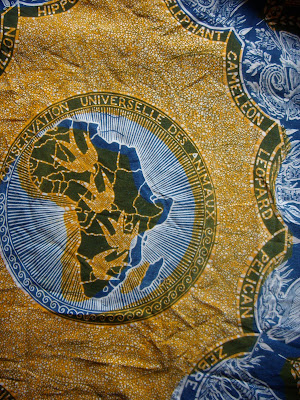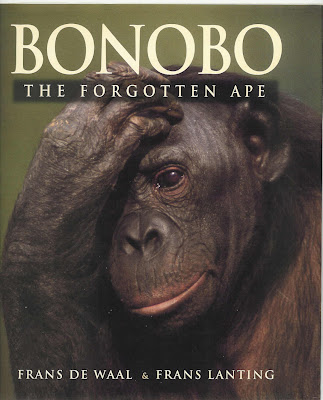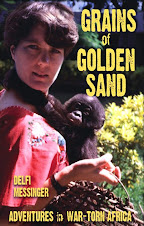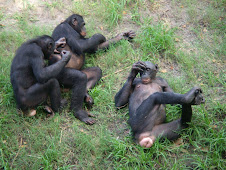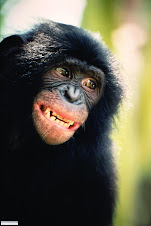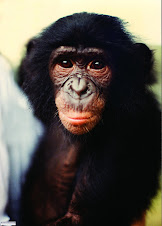
 Zoo people love telling story-jokes on themselves. I remember over thirty years ago, when I worked at the Sedgwick County Zoo, like it was yesterday. Then curator Mark Reed and two fellow keepers left on a mild April day in a borrowed truck pulling the zoo’s four-horse trailer. We were heading to zoos in North Dakota and Minnesota to drop off and pick up animals.
Zoo people love telling story-jokes on themselves. I remember over thirty years ago, when I worked at the Sedgwick County Zoo, like it was yesterday. Then curator Mark Reed and two fellow keepers left on a mild April day in a borrowed truck pulling the zoo’s four-horse trailer. We were heading to zoos in North Dakota and Minnesota to drop off and pick up animals.
A day’s drive north of Wichita, we were caught in a freak Arctic blast. It began as a fine snow carried on a slanting wind. Shivering in light sweaters and tennis shoes, our group voted to forge onward. But the further north and west we drove, the worse it got. By the time we picked up our first load of animals at the Bismarck, North Dakota Zoo, the blizzard was a howling fury. (Contrary to our agony, the animals were all hardy sorts, so the temperature did not bother them one whit.) We holed up for the night, sneaking only the New Guinea singing dog into the flea-bitten motel room.
On the morrow, we turned east towards Minnesota to complete our rounds. It was the fourth day on the road and if anything, the snowstorm had intensified. The fifteenth of April was going to go down in the records as the worst winter day of that year.
It was amazing how many times we ran aground. First we had a fender-bender with a snow-bank, and then we slid sideways on the ice into the oncoming lane.
At one point Mark noticed another truck, just when we were turning left at an intersection, which swerved to the left, then right, then ended up in the ditch.
Reed’s comment, “You know, people around here drive like they’ve been lobotomized.”On the fifth day, the last group of animals was safely loaded, and we were finally headed for home. At cruising speed, the trailer started to shimmy and dance.
“Whoa, whoa, whoa!” Mark fought the steering wheel. Sweat popped as he rolled to a stop on the narrow shoulder. An inspection revealed that the hitch bolts had nearly sheared off.
This was serious. It was Saturday night in a small town. We found a local bar, inquired within, and sweet-talked a welder, “You’re hauling what?” into fixing the problem while the crated mountain lion eyeballed his every move from the truck-bed.
We were soon back on the road. We had made a huge circle into, through, and now out of the storm. Only two hours to Wichita. It was my turn to drive and I was blasting home on Interstate 35 at two in the morning. The road was clear except for some grandpa in the right lane going…55 miles an hour. As the law-abiding citizen I was, I signaled to pass on this desolate stretch.
I looked again, and suddenly realized that I was barreling past a Kansas Smokey. “Hey! Hey!” I hissed at the three slumbering forms on the seat, “I just passed a cop!”
Just as the words left my mouth, the dreaded red and blue lights began to gyrate. “Oh, no,” I groaned, “he’s pulling us over!” The people next to me stirred, looked back, then slumped further down.
“Yore problem, Delfi,” Mark snickered. Then, “So, just how fast were you going?”
I pulled to a stop. The trooper came up slowly. He sauntered around our outfit and squiggled things on a pad. Then he asked the driver, me, to come back to his car so he could verify some information.
He asked me where I was going and I told him. He asked who owned the horse trailer. I said the zoo in Wichita.
“Hum,” said the officer, “and ma’am, just how fast were you were going?”
Why lie? “I think I was going about sixty.”
“I clocked you at sixty-one, six miles over the speed limit.”
Jeez, I thought, he sure is a meanie to ticket me for six measly miles.
“Ma’am, you realize you were signaling left when you switched back into the right lane after passing me?”
“Huh?”
“Lady, you got some kinda electrical problem. You got your turn-signals hooked up backwards.” Lobotomies, indeed. We had made the entire trip through a blizzard with our lights hooked up wrong.
Top photo: Mark Reed and Delfi Messinger
Bottom photo: Welder, truck, and crate with mountain lion


 These photographs are from a series of Milwaukee County Zoo postcards dated from 1963. The gorilla, tigers, and jaguar mother and four cubs pictures show what was then the state of the art in zoo design.
These photographs are from a series of Milwaukee County Zoo postcards dated from 1963. The gorilla, tigers, and jaguar mother and four cubs pictures show what was then the state of the art in zoo design.















